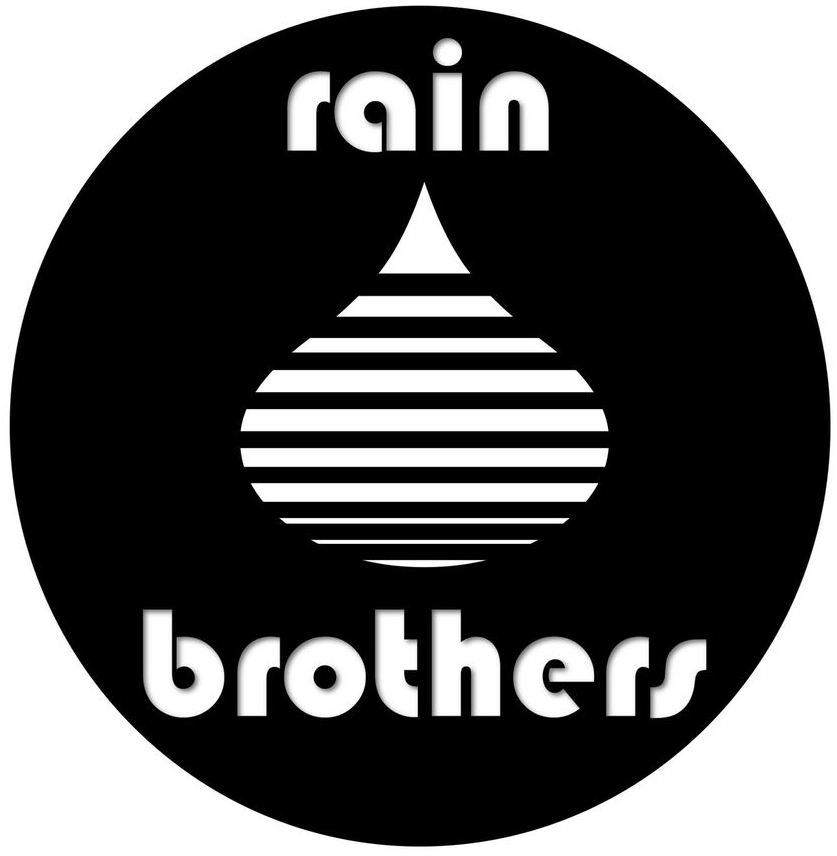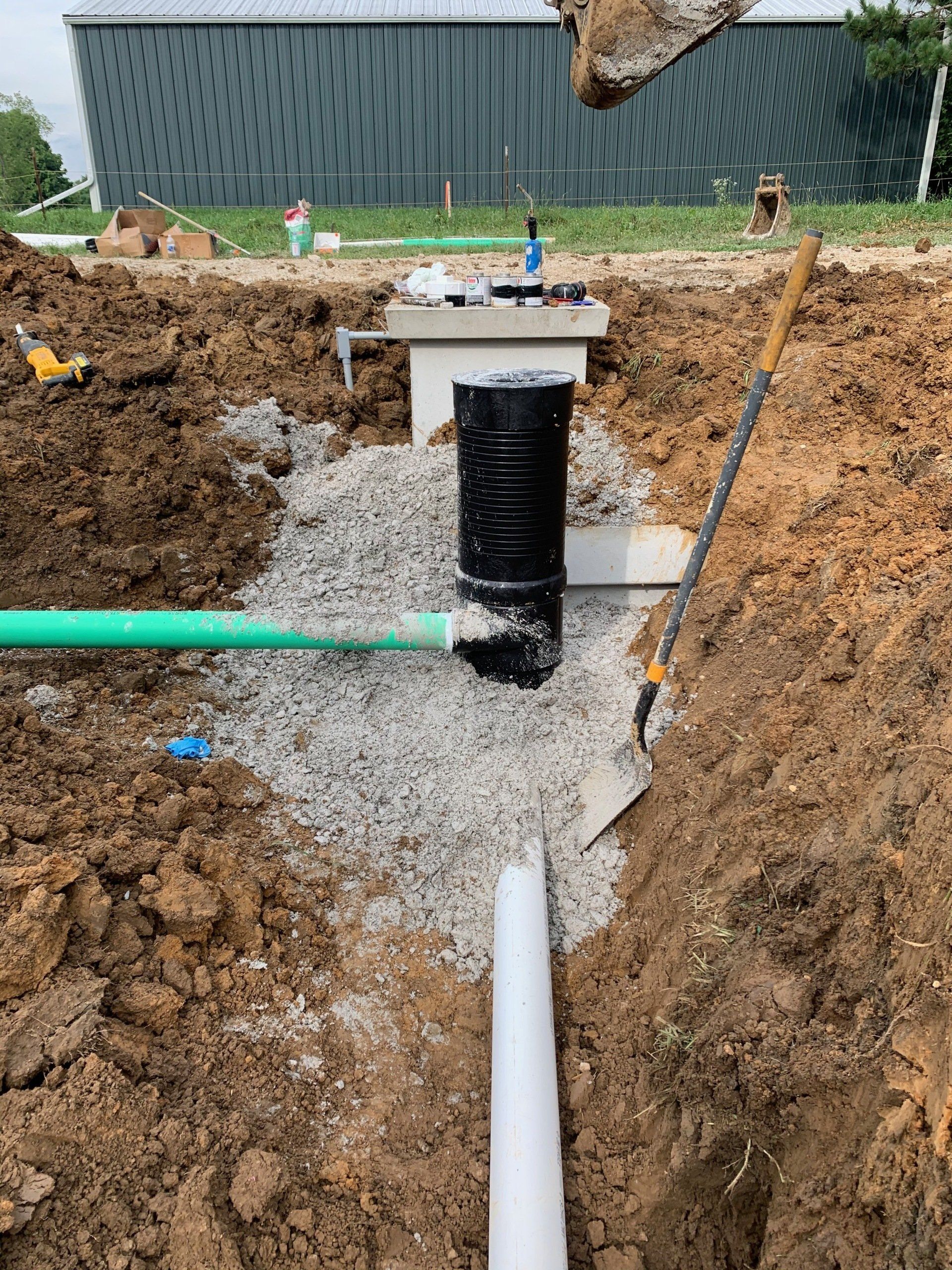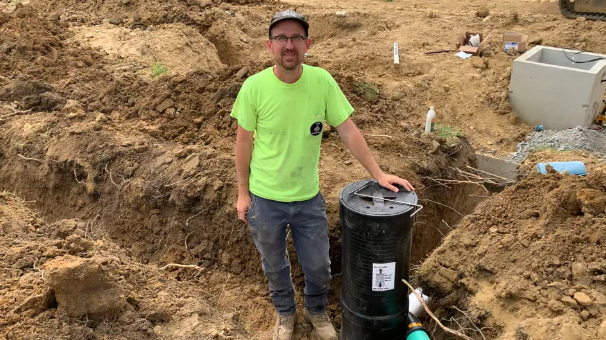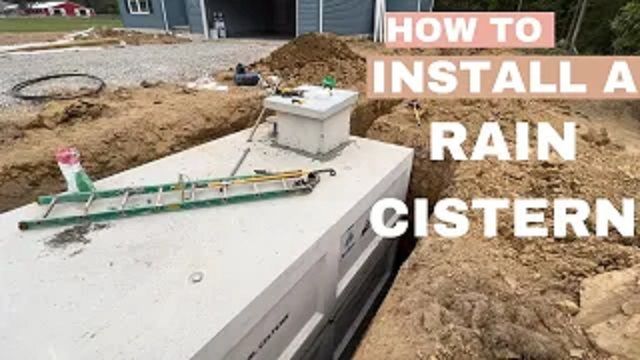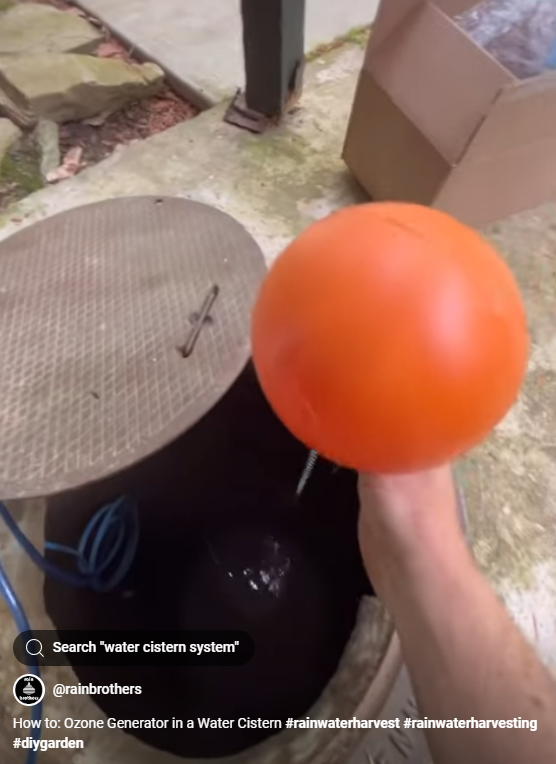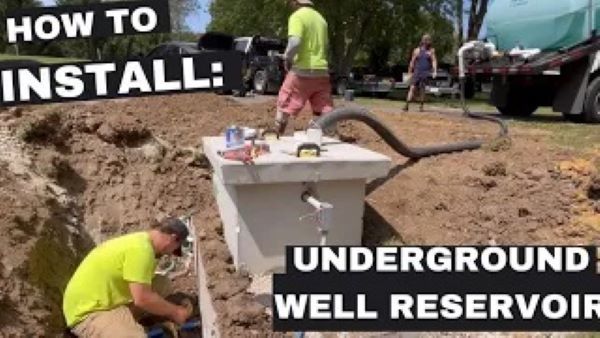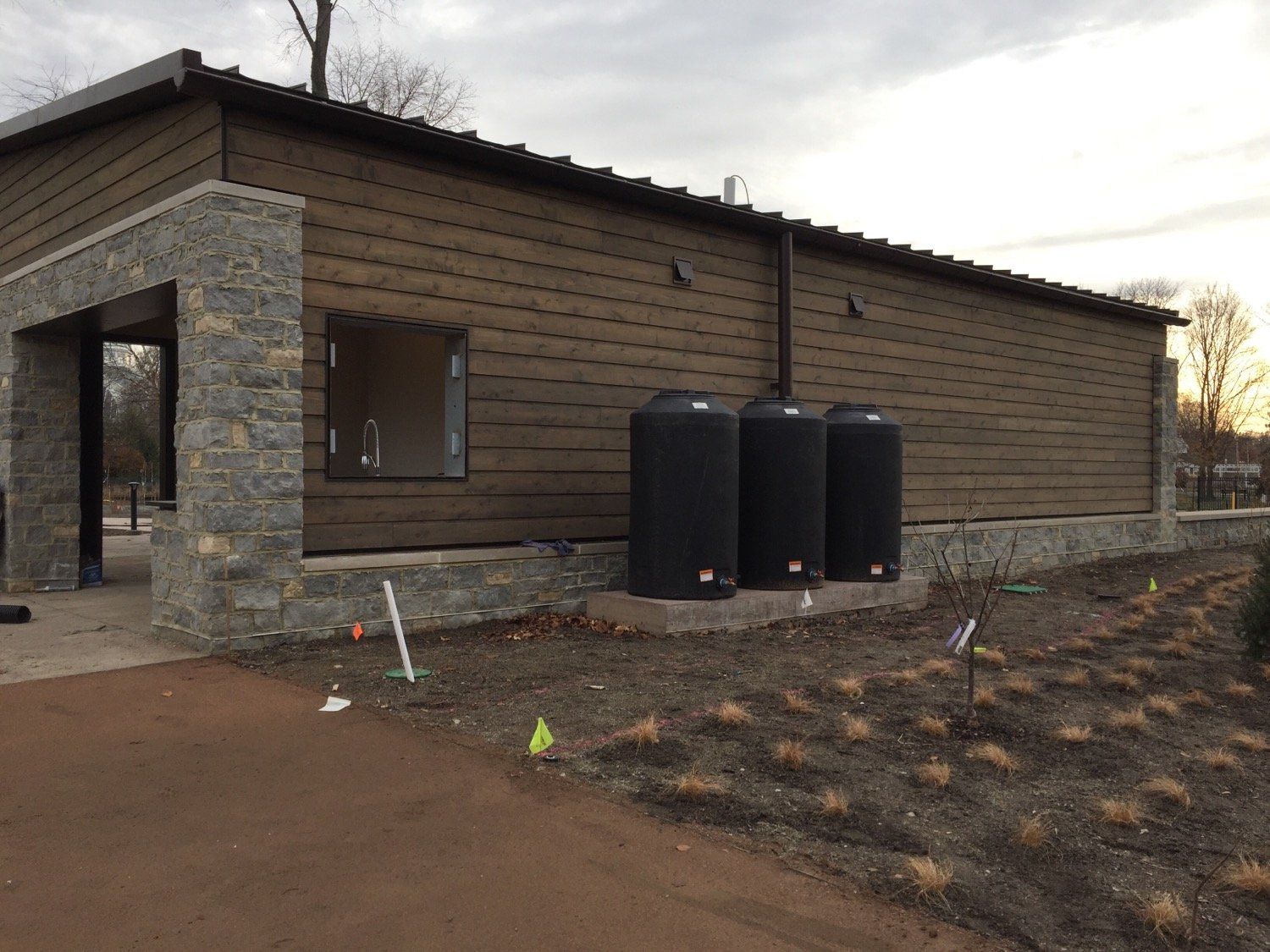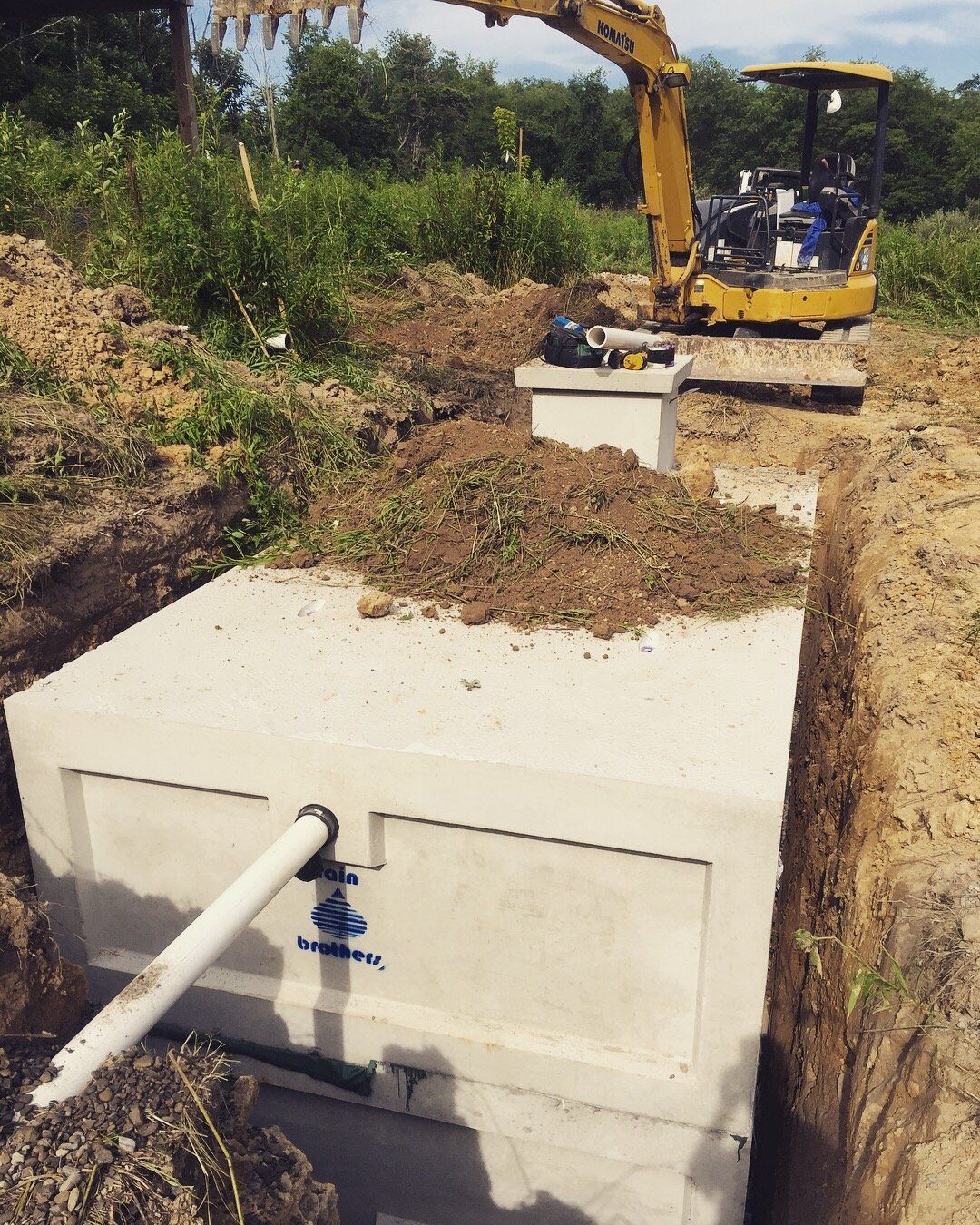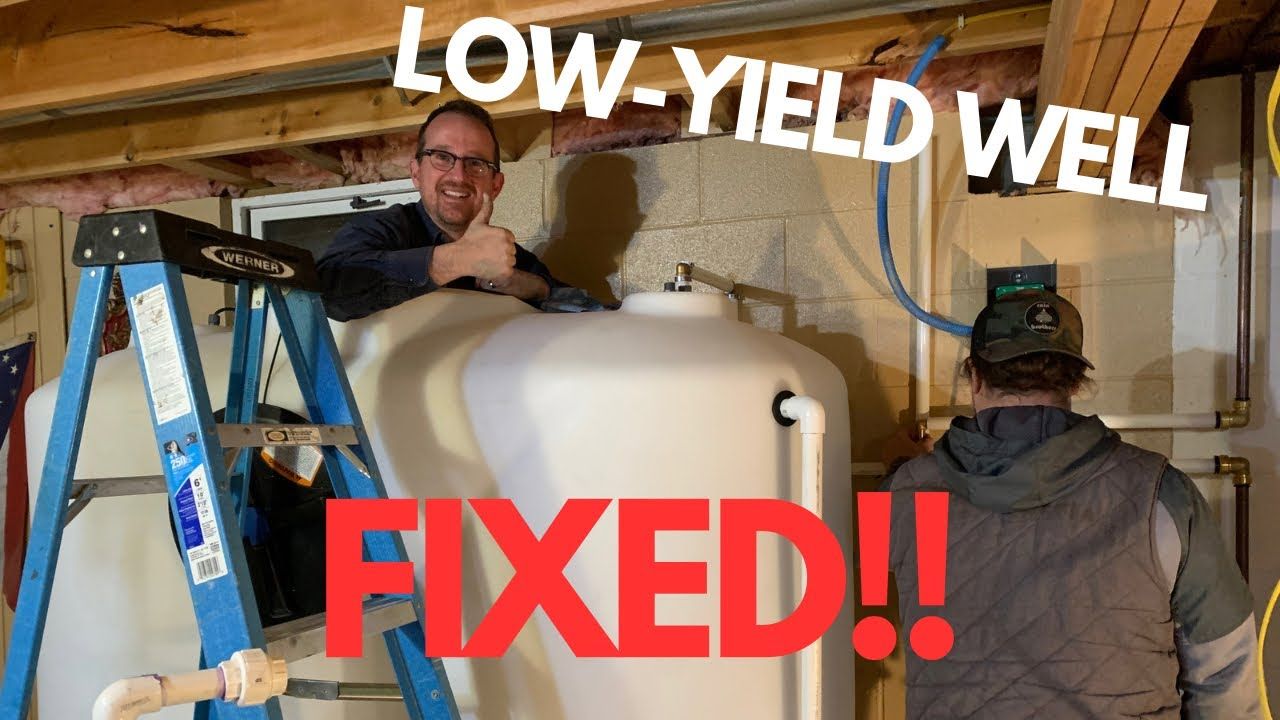Best Way to Prepare – Rainwater Harvesting
Best Way to Prepare – Rainwater Harvesting
The National Centers for EnvironmentalInformation (NOAA) issued a report inApril 2018 taking about the weather, something we at Rain Brothers pay close attention to. The NOAA report showed abnormalities in the climate all across the U.S.:
- The Northwest received almost twice the average rainfall, for the third wettest April in recorded history.
- The Great Plains expanded their drought.
- Iowa and Wisconsin had their coldest April – ever.
- U.S. snow cover was the fifth largest on record.
- More than 340,000 acres were burned by wildfires in Oklahoma.
Why are we sharing this? Because right now it seems smart to prepare for adverse weather events. At this point, we don’t know if drought will hit the Midwest – but we do know that staying prepared for what could happen is a smart idea.
Rainwater harvesting is one way to stay one step ahead of Mother Nature. Let’s look at ways to harvest the rain, store it safely, and put it to good use in times of drought.
The Why’s and How’s of Rainwater Harvesting
During the torrential downpours we’ve been having, homeowners and businesses have been capturing “liquid gold” in the form of free water. When people are considering rainwater harvesting for the first time, they usually have one or more goals in mind:
- They have a well and would like to extend its life by supplementing with rainwater harvesting.
- Or they’d like to cut city utility bills.
- They’re concerned about the environment and want to conserve.
Homeowners and businesses often approach Rain Brothers to add a cistern , which is an underground or above ground tank that stores rainwater. An article in the BBC News points out that rainwater harvesting as a practice has been around since before the Roman Empire, “the practice died away after mains-supplied water was introduced, but with pressure on water supplies the demand for rainwater recycling systems is rising again.”
So, it’s not just Americans who are considering harvesting rainwater! In fact, the practice is widespread across the world, as citizens recognize the increasing importance of access to water for drinking, bathing, and eating.
The simplest form of rainwater harvesting is to place a rain barrel under the downspout of your home to collect the rain that comes off the roof. But more sophisticated cisterns can include cement or plastic tanks buried underground, or large above ground tanks. There are four key elements to cisterns:
- A catchment method of capturing the rain, which is usually the roof of your house.
- A conveyance system to move water from the roof to the storage, which could include gutters, downspouts, and piping.
- A storage method of holding the water safely.
- A way to distribute the water from the storage container to where you’ll use it.
Rain Brothers specializes in the installation of rainwater harvesting systems. We’ve installed and renovated huge underground storage tanks to above ground holding units to simple rain barrels. We are skilled in the design, installation, and repair of residential and commercial rainwater harvesting systems. With more than 20 years in the field, we are a one-stop shop for everything rainwater. Contact us to discuss your options.
